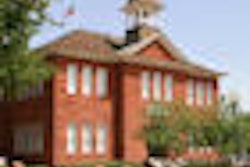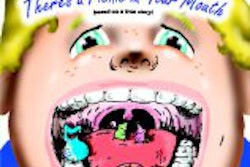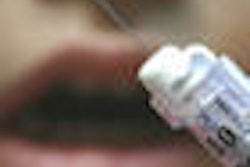The practice of extracting primary canine teeth to make way for adult canines that are erupting in the wrong place has no evidential basis, according to a study published Wednesday in Cochrane Database of Systematic Reviews (April 15, 2009, Issue 2). In a systematic review, the researchers were unable to identify a single high-quality study to support the practice.
"The recommendation of extracting the baby canine is in fact based on one uncontrolled study that was carried out over 20 years ago," said lead author of the study Nicola Parkin, B.D.S., of the department of oral health and development at the University of Sheffield.
It is common for adult upper canines to grow in the wrong place. Normally adult canine teeth erupt in the mouth around the age of 12 years and, in approximately 2% to 3% of the population of 12-year-old children, these teeth become displaced in the roof of the mouth.
Displaced canines can cause damage to neighboring teeth as well as unfavorable movement of other teeth and, more rarely, cysts. One suggested way of avoiding canine displacement and encouraging the eruption of the adult canine is to remove a child's baby canine tooth at around 10 to 13 years, under local anesthetic.
According to the researchers, however, the most commonly cited evidence for this practice comes from one trial, carried out in 1988, in which a group of children with canine displacement had their baby canines extracted. A major flaw of this study was the absence of a control group. Two other studies considered for the review did have an untreated control group, but had to be excluded because of inadequacies in reporting.
"Extracting the primary canine may help the secondary tooth to emerge correctly, but at this time we can'’t provide any hard evidence," Dr. Parkin said. "Greater attention to the design and reporting of studies is needed to improve the quality of clinical trials on this topic."
Copyright © 2009 DrBicuspid.com



















